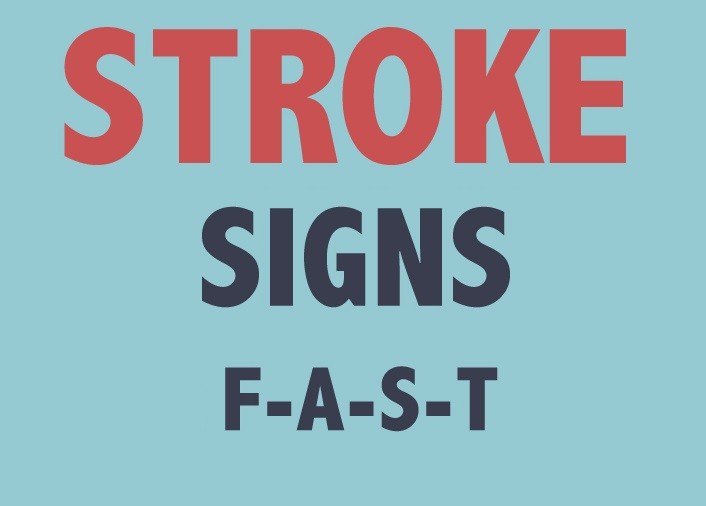Signs of Mini Stroke in Men and Women:
Stroke is a serious, potentially life-threatening condition that affects both men and women.
Awareness of the signs and symptoms of stroke is important as time from onset of stroke symptoms plays a major factor in your treatment.
The sooner you recognise that your developing one or that you have symptoms of a mini stroke the better the outcome would be once medical attention is sought.
How do I know if I’m developing a stroke?
The symptoms of stroke in men are usually very alarming.
Typically, there would be sudden onset of weakness or inability to move in one or two limbs on the same side.
In addition, stroke symptoms in men may include changes in the appearance of the face with one side of the lips or eyelids drooping or inability to smile.
Slurring of speech is also one of the signs and symptoms of stroke and may even reach a state of total loss of speech known as aphasia.
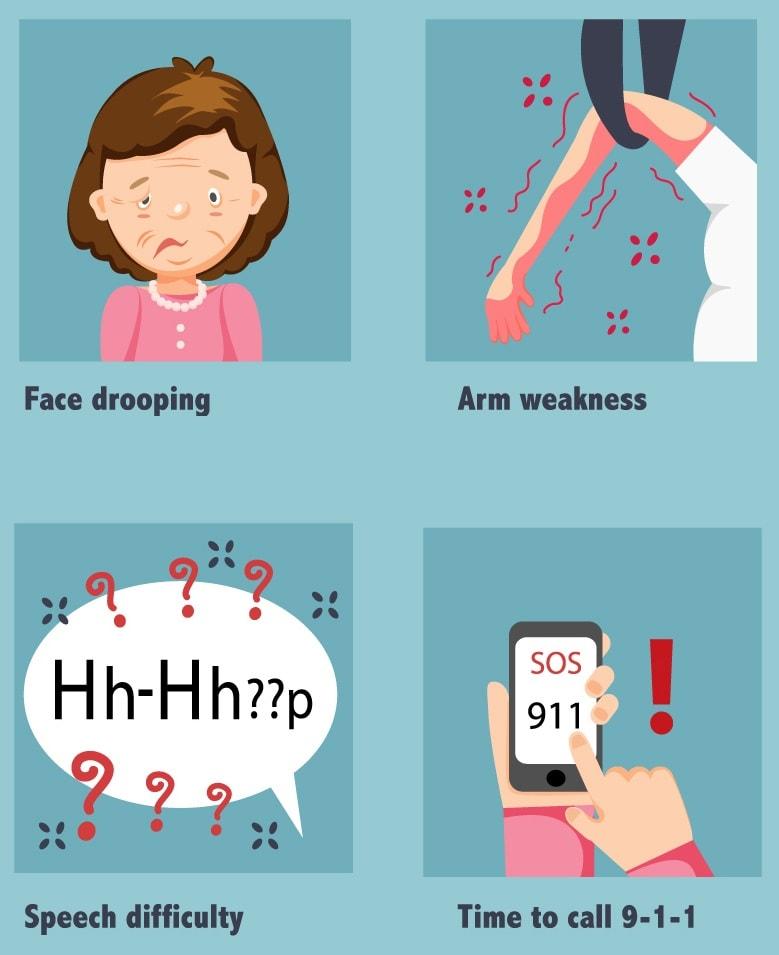
The symptoms of stroke in women are similar to the symptoms of stroke in men.
But although women tend to have less risk factors for developing stroke, they sometimes go undiagnosed and may be affected by a more massive stroke in comparison to men.
I had a stroke. Do I need rehab?
Most clients require some degree of rehab after stroke especially the elderly. This has starts after your medical doctor gives the go-ahead.
For those patients who suffered from a massive stroke and those who weren’t aware that they had developed the signs and symptoms of stroke and accordingly were delayed in seeking medical attention the course of rehab after stroke is usually a long one.
Rehab after stroke works on the remaining signs of stroke for both men and women in order to eliminate or minimize any motor deficits or speech disorders.
Going to rehab with the right people at the right time – which should be the soonest after your doctor’s advice – is of the utmost importance in ensuring that the remaining symptoms of stroke in men and women are properly managed.
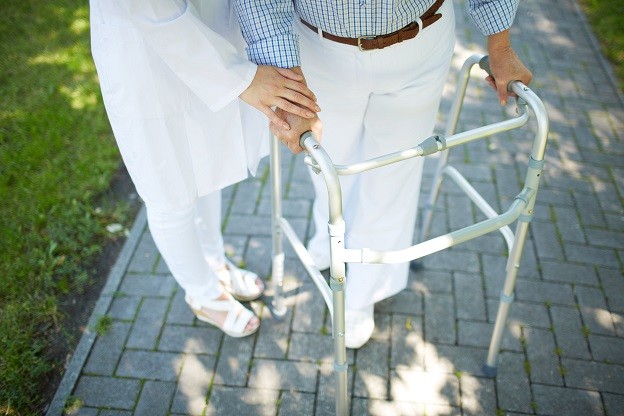
So, what is a mini stroke (Transient ischemic attack)?
The symptoms of a mini stroke are quite like those of a stroke. It is also called a transient ischemic attack (TIA).
The difference is that symptoms of a mini stroke last for less than 24 hours and usually resolve spontaneously.
The signs of a mini stroke can be in the form of transient dizziness, headache or loss of concentration that lasts for a few seconds.
Symptoms of a mini stroke also include transient loss of motor power (that is inability to move) in one or two limbs on the same side of the body, in addition to, changes in speech.
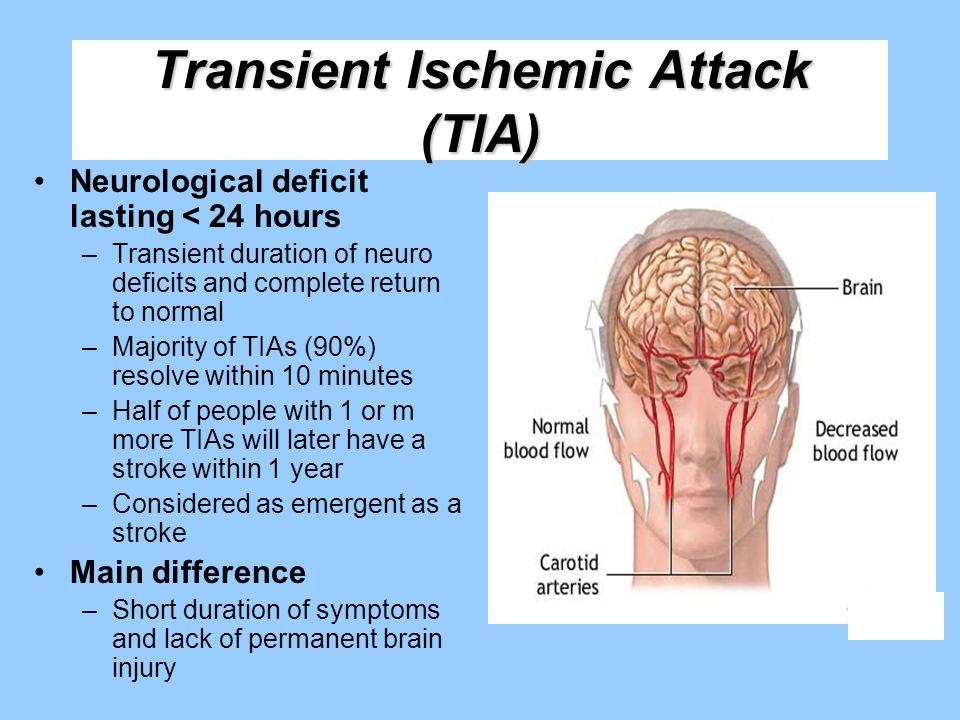
In general, the signs of a mini stroke are usually fully reversible.
Does this mean I shouldn’t see the doctor?
While the symptoms of a mini stroke may seem subtler, it is imperative to receive proper mini stroke treatment because in many instances the signs of a mini stroke are predictors of a higher risk for developing a stroke in the near future if not properly managed by your medical doctor.
These mild stroke symptoms aren’t to be taken lightly and the patient should seek medical attention.
This aims at preventing recurrence of these symptoms on one hand and managing risk factors that lead to the condition on the other hand.
What are the risk factors that lead to developing a stroke or a mini stroke?
- Smoking.
- Diabetes mellitus.
- Uncontrolled blood pressure.
- Abnormal blood cholesterol levels.
- Obesity.
- Sedentary lifestyle.
- Presence of family history of pre-mature atherosclerosis.
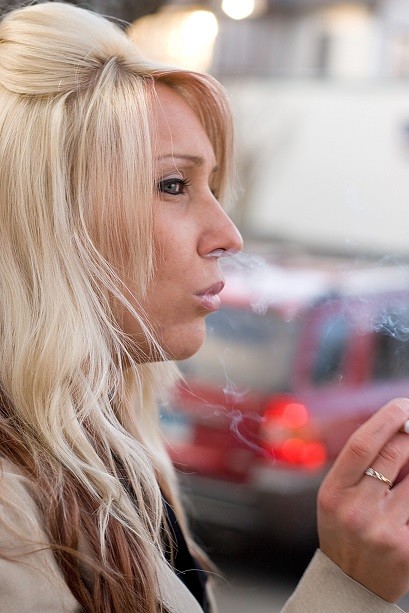
What screening tests should I do to minimize developing symptoms of stroke?
- Annual check-ups.
- Annual screening of blood glucose and blood cholesterol levels.
Is there anything else I could do to help prevent me from developing signs of stroke or mini stroke?
In a nutshell below are just a few things which when addressed will make a massive difference:
- Quit smoking
- Effective and customised exercise programme
- A customised nutrition diet plan
- If you suffer from hypertension, diabetes or uncontrolled cholesterol make sure you take your medications correctly and follow all relevant doctor advice.
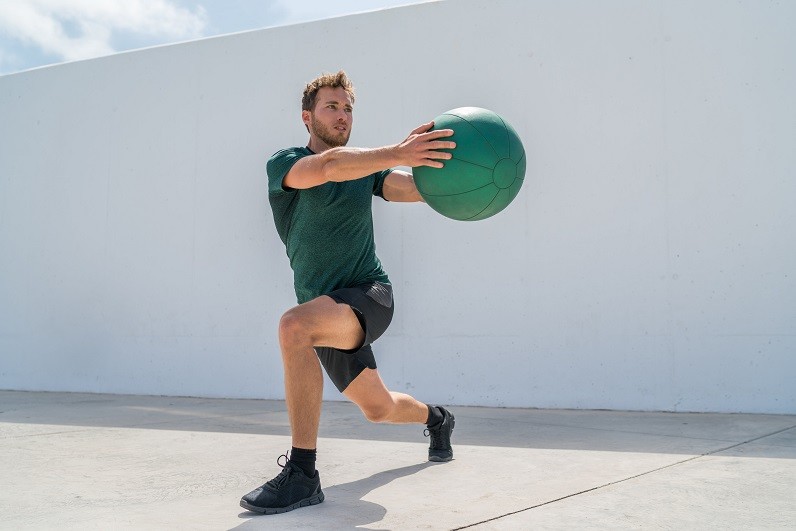
How is the recovery from a mini stroke?
Mini stroke treatment usually leads to full recovery. All symptoms of a mini stroke are totally resolved in less than 24 hours.
However, you are at high risk to develop the signs and symptoms of a stroke in the days and weeks to follow if you don’t seek medical attention and follow the prevention advice.
What are the treatments available for people who develop signs and symptoms of stroke?
If you or a person you care for develop any of the symptoms of stoke you must call 999 immediately.
These symptoms aren’t to be neglected and urgent medical attention is of the utmost importance.
The doctor in the A&E will perform a quick but thorough clinical exam and will then order some laboratory tests and will send the patient to perform an MRI on the brain to assess any possible lesions.
According to the results of the clinical exam, the MRI and lab tests, management will be started. This may include:
- Immediate hospitalization in a stroke unit or ICU.
- Performing an interventional procedure to aspirate any blood clots from occluded cerebral or vertebral arteries.
- Infusing thrombolytic therapy.
- Giving full anti-ischemic treatment that includes anti-platelet drugs, anti-coagulants and lipid lowering medications.
- Monitoring clinical signs and symptoms of stroke.
- Follow-up of vital signs and breathing pattern.
- Follow-up MRI or CT scan is usually performed within 48 hours.
Can you tell me more about interventional procedures?
The recent advancements in medicine and in the field of interventional radiology have allowed physicians to intervene and get the clot out.
This is a procedure performed by highly skilled interventional radiologists and interventional neurologists in the very early hours after developing signs of stroke.
For the procedure to be successful the patient should be managed in the first 3 to 6 hours after onset of symptoms.
The earlier the better.
This is done under local anesthesia and sedation via a catheter inserted in the arteries of the thigh (usually).
This catheter is used to visualize the cerebral circulation, identify the site of blockage and then by a special device the identified clot is extracted, thus allowing normal blood flow to return to the cerebral circulation.
The reason time is an important factor here is because after 3 to 6 hours the clot is organized making its extraction more difficult and in addition the damage caused to the brain tissue at that point is usually irreversible.
What about treatments for signs of a mini stroke?
As is the case for a stroke, call 999 immediately and seek urgent medical attention even if the symptoms of mini stroke had resolved.
The main aim here is to prevent developing a full stroke which is a risk present in the weeks following a mini stroke and to control the risk factors that led to the mini stroke.
The medical management of such patients will include a thorough medical exam, laboratory tests, an MRI of the brain, an ultrasound of the carotid and vertebral arteries.
Patients will usually be started on anti-platelet and anti-coagulant drugs and will be given extensive advice on nutrition, exercise covering all aspects of lifestyle modifications.
This will include advice on smoking cessation, in addition to, screening for and control of blood pressure, diabetes mellitus and blood lipid disorders.
So how does stroke rehabilitation work?
Rehabilitation can start as early as 2 days after the signs of stroke had appeared when the doctor gives the all-clear.
During hospitalisation, acute stroke rehabilitation starts once indicated and this then continues usually on an outpatient status.
It is important to find the right person (click here) for acute stroke rehabilitation to gain maximum benefit and minimize any residual motor deficits.
During rehabilitation, you will be guided by an exercise expert (click here) o professionally set up goals for rehabilitation and you will then be aided to see those goals through.
You can expect an average of 45 minutes for every rehabilitation session for 5 days a week.
The rehabilitation is fully tailored according to the client’s coordination, balance, strength and many other considerations.

How long does it take for mini stroke recovery?
A major part of recovery occurs after the first 3-6 months of stroke. Of course, there is still room for improvement after that, but the main bulk occurs in those first 6 months after stroke when the patient is in the proper hands and following a good rehabilitation program (click here) .
Looking after a stroke patient?
It can be a challenge both physical and emotional to look after a patient that had been affected by a stroke, especially when it was a massive stroke that caused marked debilitation of motor function, speech or swallowing.
Specialized training and support groups are available for caretakers and it is highly recommended to join such programs as this is a long-term journey.
And again, ensuring the client is enrolled in a professional, well-designed stroke rehabilitation program (click here to contact us) after stroke is vital to ensure the client is provided with the maximal independence possible for their sake and the sake of the people taking care of them.
References
1. Balami JS, Chen RL, Buchan AM. Stroke syndromes and clinical management. QJM. 2013 Jul;106(7):607-15.
2. Fonseca AC, Ferro JM. Cryptogenic stroke. Eur J Neurol. 2015 Apr;22(4):618-23.
3. Esenwa C, Gutierrez J. Secondary stroke prevention: challenges and solutions. Vasc Health Risk Manag. 2015 Aug 7;11:437-50.
4. Bushnell C, McCullough LD, Awad IA, Chireau MV, Fedder WN, Furie KL, Howard VJ, Lichtman JH, Lisabeth LD, Piña IL, Reeves MJ, Rexrode KM, Saposnik G, Singh V, Towfighi A, Vaccarino V, Walters MR; American Heart Association Stroke Council; Council on Cardiovascular and Stroke Nursing; Council on Clinical Cardiology; Council on Epidemiology and Prevention; Council for High Blood Pressure Research. Guidelines for the prevention of stroke in women: a statement for healthcare professionals from the American Heart Association/American Stroke Association. Stroke. 2014 May;45(5):1545-88.
5. Howe MD, McCullough LD. Prevention and management of stroke in women. Expert Rev Cardiovasc Ther. 2015 Apr;13(4):403-15.
6. Okada Y. Transient ischemic attack as a medical emergency. Front Neurol Neurosci. 2014;33:19-29.
7. Jarvis S. Why every mini-stroke must be treated as an emergency. Nurs Stand. 2014 May 27;28(38):25.
8. Siket MS, Edlow J. Transient ischemic attack: an evidence-based update. Emerg Med Pract. 2013 Jan;15(1):1-26.
9. Richards CL, Malouin F, Nadeau S. Stroke rehabilitation: clinical picture, assessment, and therapeutic challenge. Prog Brain Res. 2015;218:253-80.
10. Clarke DJ. Nursing practice in stroke rehabilitation: systematic review and meta-ethnography. J Clin Nurs. 2014 May;23(9-10):1201-26.
11. Wade DT, Wood VA, Hewer RL. Recovery after stroke–the first 3 months. J Neurol Neurosurg Psychiatry. 1985 Jan;48(1):7-13.
12. Prabhakaran S, Ruff I, Bernstein RA. Acute stroke intervention: a systematic review. JAMA. 2015 Apr 14;313(14):1451-62.
13. Mandavia R, Qureshi MI, Dharmarajah B, Head K, Davies AH. Safety of carotid intervention following thrombolysis in acute ischaemic stroke. Eur J Vasc Endovasc Surg. 2014 Nov;48(5):505-12.
Disclaimer: This website and all its content is to be used for information purposes only. This website or any of its content or links to third parties does not diagnose, advise, treat or cure any ailments, illness or disease.
You agree to hold harmless the owner of this site for any action taken on your own without consulting your medical doctor first by using the information on the website for diagnostic, treatment, or any other related purposes. This is not medical advice. If you are suffering from any illness, disease or ailments please contact your doctor first and immediately.



